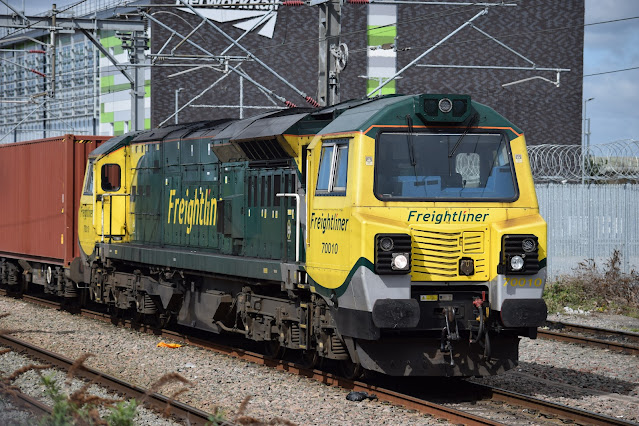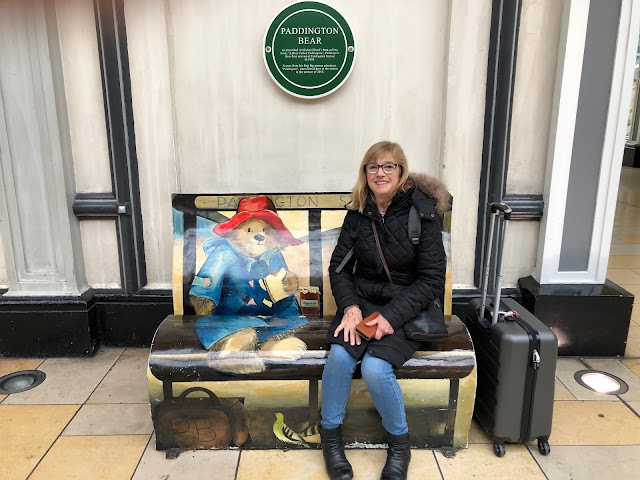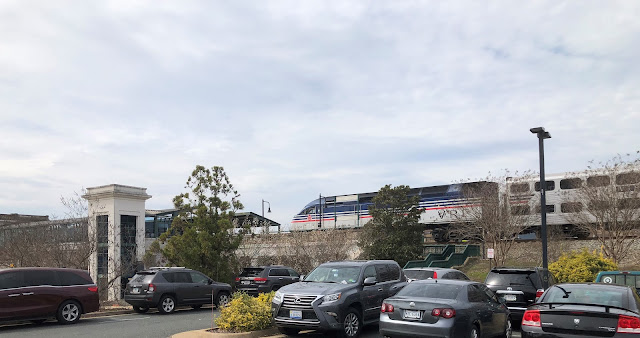The relationship between a town and the location of its railway station is fashioned by geography and history. The ambience – or lack of it – that this creates is an endless source of fascination for me. Whereas Didcot was somewhat wanting in this respect, Hungerford was much more comfortably arranged. To begin with the station has a central position within the town, and secondly it crosses the main street at right angles. Both factors help to make it a prominent feature in the modern settlement - something to herald as an advantage and an attraction, which is just what happens here, with the bridge itself proudly painted and labelled in ex-GWR colours and with an enamelled sign pointing out its historical significance.
The street below is bustling and just oozes with consumer affluence.
The units are largely occupied, which can be a massive problem in town centres
today more generally. The station approach from the centre is a short walk up a
gradual incline via a supermarket car park. The station sits astride a sharp
curve with a few older buildings separating it from the level crossing over a minor
road and with the main line snaking off to find its way between wooded
hillsides in the direction of London Paddington. The station showed evidence of
being well-used for the half hour or so that we were there.
The direct route from the west to London is known as the
Berks and Hants line. It has escaped, so far, the paraphernalia associated with
electrification, though that does not prevent bimodal high speed Hitachi trains
whisking folk direct to the capital. They will run under the wires once they
get to Reading. In 1874, Brunel’s broad gauge was converted to the narrower
standard gauge, giving so many GWR stations a much more spacious feel today than
elsewhere on the national network. Brunel died in 1859, when still a relatively
young man, so he was not faced with this overall rejection of his plans. The switch
enhances much else of what he left behind, though he would not have welcomed it
at the time.
Stone trains from the Mendip quarries heading east are a feature of the route today and I was pleased that our visit coincided with two such workings. Class 59/1 No. 59101 Village of Whatley, double-headed Class 66 No. 66414 and was quickly followed by No. 59104 Village of Great Elm.



































